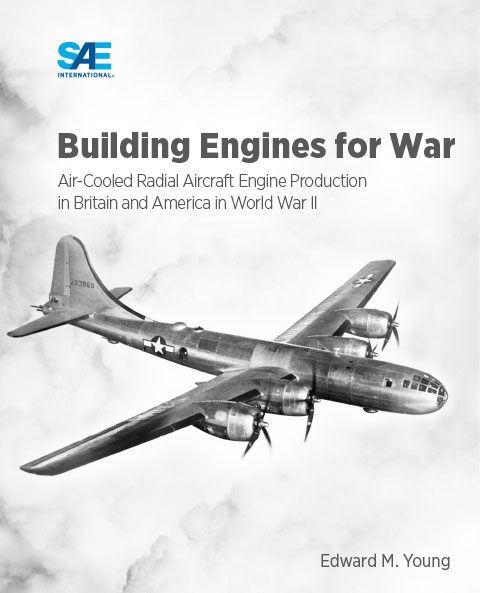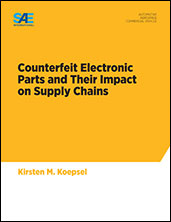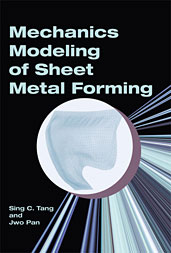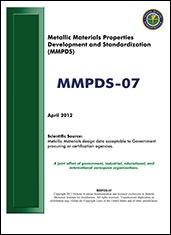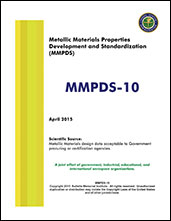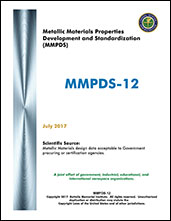Book

Basic Science and Art of Aircraft Wreckage Reconstruction
2019-06-25
"Provides excellent guidance on the documentation and reconstruction process and is a good field guide for anyone investigating an aircraft accident." ― Anthony T. Brickhouse, Embry-Riddle Aeronautical University Basic Science and Art of Aircraft Wreckage Reconstruction is a unique title which addresses important aspects of investigating crashes, who does this kind of work, and how a healthy attitude and open mind are required to properly perform investigations. It also discusses what to expect from the on-scene part of the investigation, and the fundamental approaches to common types of wreckage reconstruction. Written by Don Knutson, a veteran of this industry, Basic Science and Art of Aircraft Wreckage Reconstruction is intended for the practitioner, student, or those who are simply curious about how aircraft wreckage is reconstructed. Full references are provided in the various chapters for additional reading and research.
